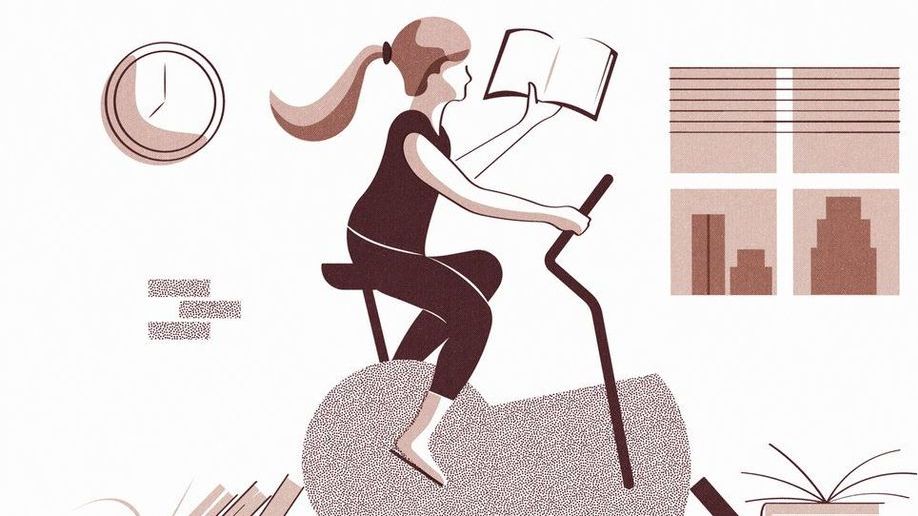Prominent cardiologist Dr. Eric Topol explains how artificial intelligence and technological advances are ushering in a new age of healthcare and medicine.
By Laurie Mathena

How Does it Work?
At Roswell we have developed the first Molecular Electronics chip. We utilized advances in semiconductor technology, nano-fabrication and bio-sensors to create standard CMOS chips that directly integrate sensor molecules into the CMOS integrated circuits.
Going “on-chip” to deploy bio-sensors provides unprecedented economics, precision, portability, and scalability. Our first chip is designed to read DNA; future chips will be designed for protein detection and other diverse bio-sensing applications.


“A hormone that is released during exercise may improve brain health and lessen the damage and memory loss that occur during dementia, a new study finds. The study, which was published this month in Nature Medicine, involved mice, but its findings could help to explain how, at a molecular level, exercise protects our brains and possibly preserves memory and thinking skills, even in people whose pasts are fading.”
Exercise doesn’t just strengthen your muscles, it can also be good for your mind and memory. Fitness advice from the year in Well.

A Chinese scientist who helped create the world’s first gene-edited babies has been sentenced to three years in prison.
He Jiankui shocked the world in 2018 when he announced that twin girls Lulu and Nana had been born with modified DNA to make them resistant to HIV, which he had managed using the gene-editing tool CRISPR-Cas9 before birth.
He, an associate professor at the Southern University of Science and Technology in Shenzhen, said at the time that he was “proud” of the achievement. He later claimed that a second woman was pregnant as a result of his research.


Scientists have uncovered a crucial change in cancer cells that allows them to spread around the body – by switching from sugar to fatty acids to fuel their growth.
Changing their ‘diet’ in this way allows tumour cells to set up shop at new sites where resources such as glucose – their preferred food source – are limited.
Researchers at The Institute of Cancer Research, London, found that a protein called AKR1B10 helps cells adapt the ways in which they get their energy.
There is a common myth that bone marrow stem cells do not work in the elderly.
However, we are seeing elderly patients respond very well to bone marrow stem cells.
In this blog, we share the experience of 80-year-old Georgia whose long-standing back pain resolved after bone marrow stem cell therapy. We will also explain why they are effective even in older patients.
The common myth is that as we age, the number of bone marrow stem cells dramatically decline in the bone marrow. This is true for the bone marrow stem cells in the long bones. Fortunately, the stem cell numbers are much better preserved in the iliac crest bone [bone in the back of the hip] from where we obtain the cells. This is the main reason why we are seeing good results with bone marrow stem cells even in our elderly patients. Georgia is not an exception.
In fact, Georgia’s bone marrow cell numbers were very high. Her TNC [Total Nucleated Cell Count] was 1.87 billion. TNC is a surrogate marker for stem cell numbers. In one intradiscal stem cell study, the average TNC was 847 million. Georgia’s TNC was more than double of what was reported in that study. Age did not affect Georgia’s bone marrow stem cell count.

The researchers wanted to know how tardigrades protected themselves against such harsh conditions. So Kunieda and his colleagues began by sequencing the genome of Ramazzottius varieornatus, a species that is particularly stress tolerant. It’s easier to study processes within the tardigrade’s cells when the animal’s genome is inserted into mammalian cells, says Kunieda. So researchers manipulated cultures of human cells to produce pieces of the water bear’s inner machinery to determine which parts were actually giving the animals their resistance.
Eventually, Kunieda and his colleagues discovered that a protein known as Dsup prevented the animal’s DNA from breaking under the stress of radiation and desiccation. And they also found that the tardigrade-tinged human cells were able to suppress X-ray induced damage by about 40%.
“Protection and repair of DNA is a fundamental component of all cells and a central aspect in many human diseases, including cancer and ageing,” says Ingemar Jönsson, an evolutionary ecologist who studies tardigrades at Kristianstad University in Sweden.